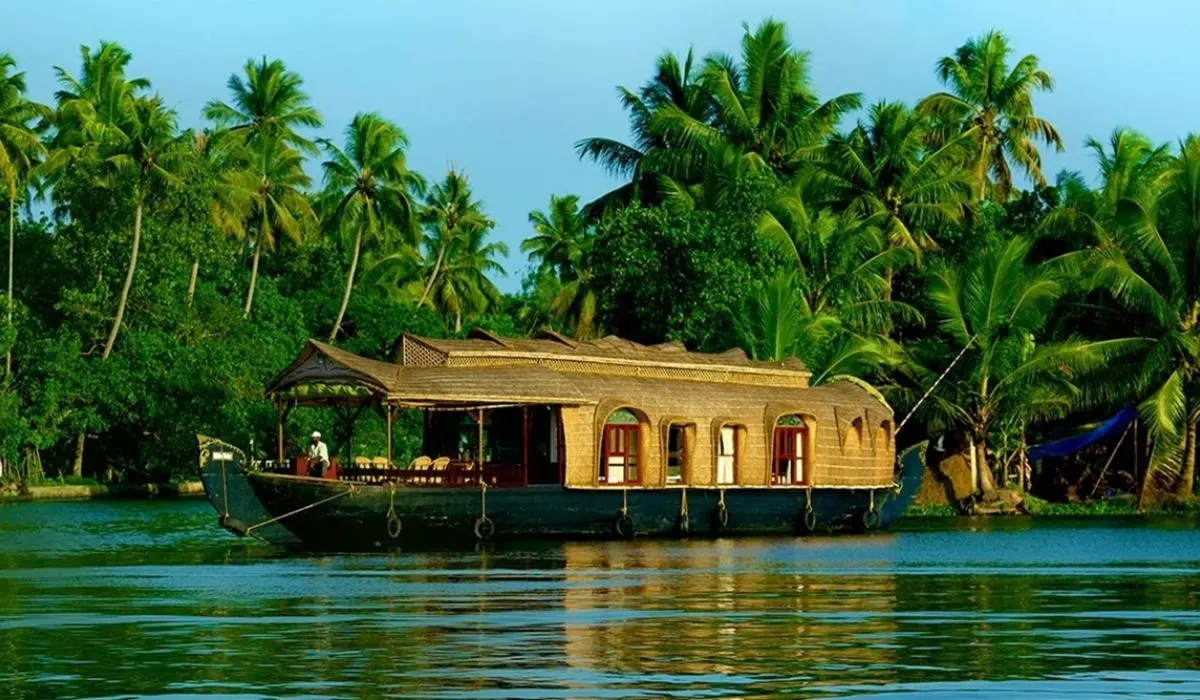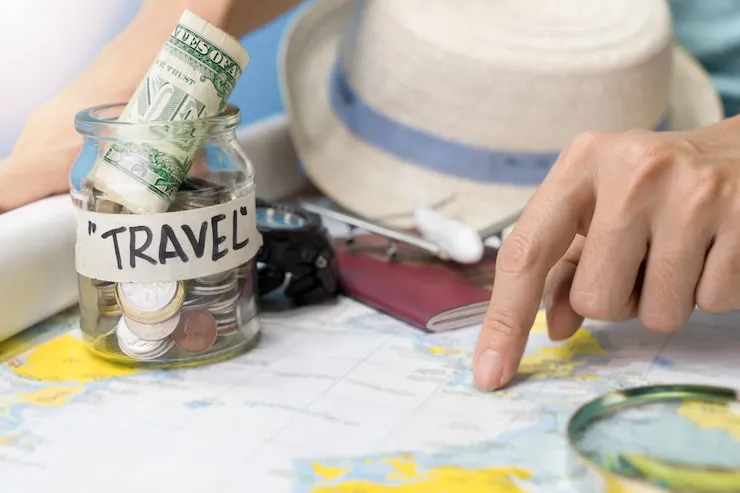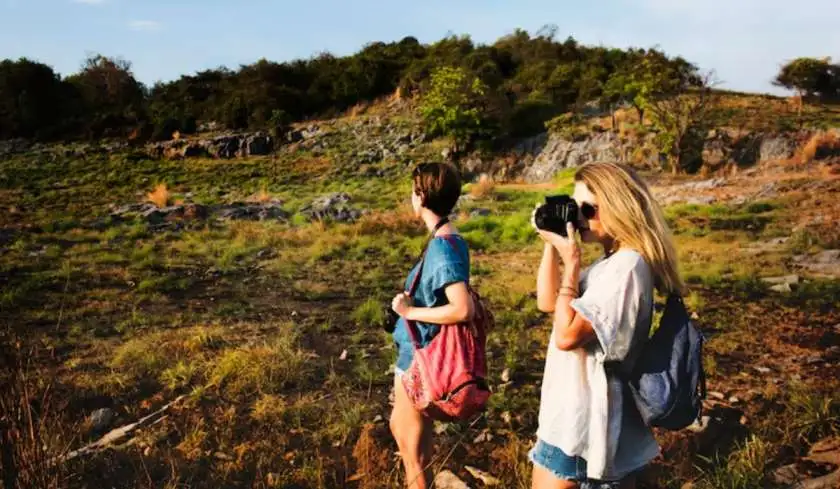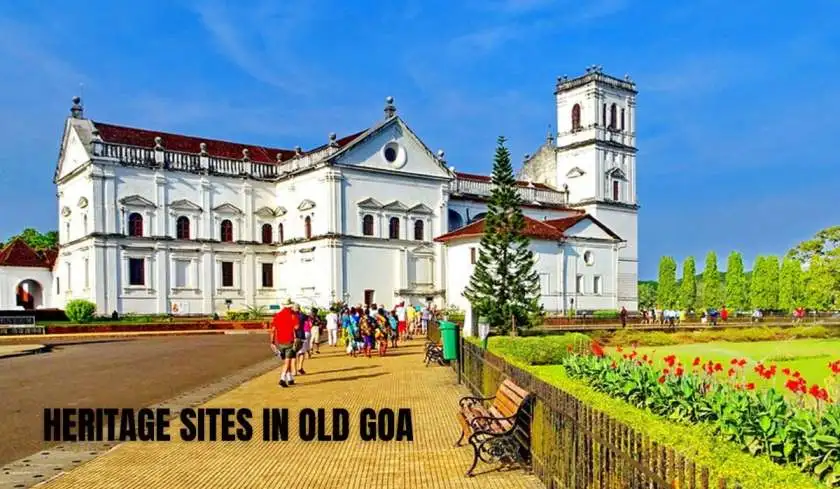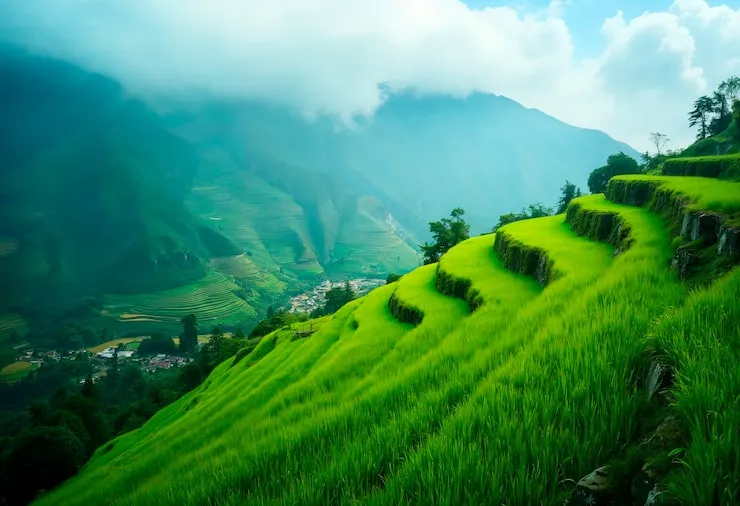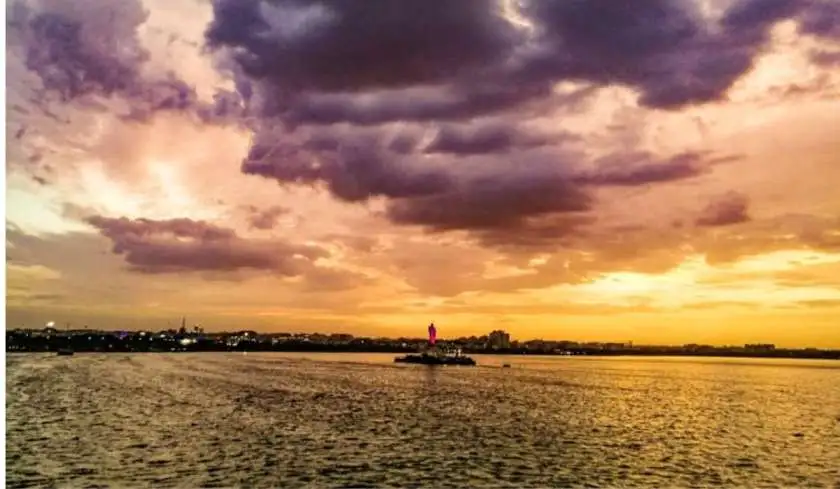When I am sitting in my hometown, Dehradun, and enjoying my warm spring breeze during lockdown. My mind keeps returning to Kerala. A few weeks back I was riding through the enchanted beauty of God's own Kerala, and Kerala is Leading the Way in Responsible and Sustainable Tourism riding through the yellow marigold fields. Hiking through the mist-covered Western Ghats and feasting on vegan versions of Kerala meals served on banana leaves.
However, it was the tales of goodwill entrepreneurship and humanity that struck me most, other than the sceneries and taste. Each individual that I encountered in Kerala taught me a lesson about life, sustainability, and community.
With the world struggling to find its feet, we are all posing the same question right now. What will travel in the future be like? Nobody can say accurately when the current crisis will actually conclude, but this much is understood: responsible travel is no longer optional. It’s the way forward. After that, maybe the rest of nature is a wake-up call to how badly we treat it—how badly we should change.
Kerala’s Responsible Tourism Model

When Kerala Tourism created its new campaign about the humanscape of Kerala, it betook me back to all the things that I had experienced there and the things we as a travel industry in India can learn. And Kerala, to its credit, is the first Indian state to have introduced a Responsible Tourism Mission with an ambitious vision:
Making better places to visit people and better places to live in.
This vision links tourism to the community welfare. Rather than building infrastructure to receive visitors, Kerala incorporates the essence of local livelihoods and culture conservation, as well as sustainability into the ecosystem of tourism.
Connection of Vocational Skills with Tourism.
A model that links vocational training to tourism is one of the most impressive about Kerala. In India alone, various states have skill-development programs that fail to work most of the times due to lack of a market. Kerala has solved this by merging trained artisans, entrepreneurs, and women self help groups directly with the tourism industry.
In my tour, I was introduced to local women who were preparing papadums, producing eco-candles, and sewing cloth bags as alternatives to the use of plastic bags. With the help of the Responsible Tourism Mission in Kerala their products have found their way to hotels, homestays and resorts.
The result?
- Sustainable livelihoods for local communities
- Eco-conscious products for responsible travellers
- A tourism ecosystem that benefits everyone
Supporting Dying Art Forms
India is rich with a myriad of traditional crafts, folk dances and story telling rituals most of which are fading away. As most travellers I always liked these forms of art but never could afford them I have never been in a position to patronize these arts my minimalist way of life could not afford to embellish myself with Kathakali ornaments or elaborate bell-metal mirrors.
Kerala, nonetheless, led me to a refreshing style. Travelling down the River Nila in the company of The Blue Yonder we were able to spend some time with craftsmen preserving millennia-old traditions.
Here’s the difference:
- The Blue Yonder does not force visitors to purchase souvenirs but rewards artisans to share their knowledge and time with the travellers.
- Tourists have a real cultural experience without being coerced to buy.
- Artisans receive decent wages and at the same time their heritage is still being maintained.
- This is a little powerful thought that is a game changer towards saving the dying traditions in India.
Eco-Friendly Tourism in Kerala
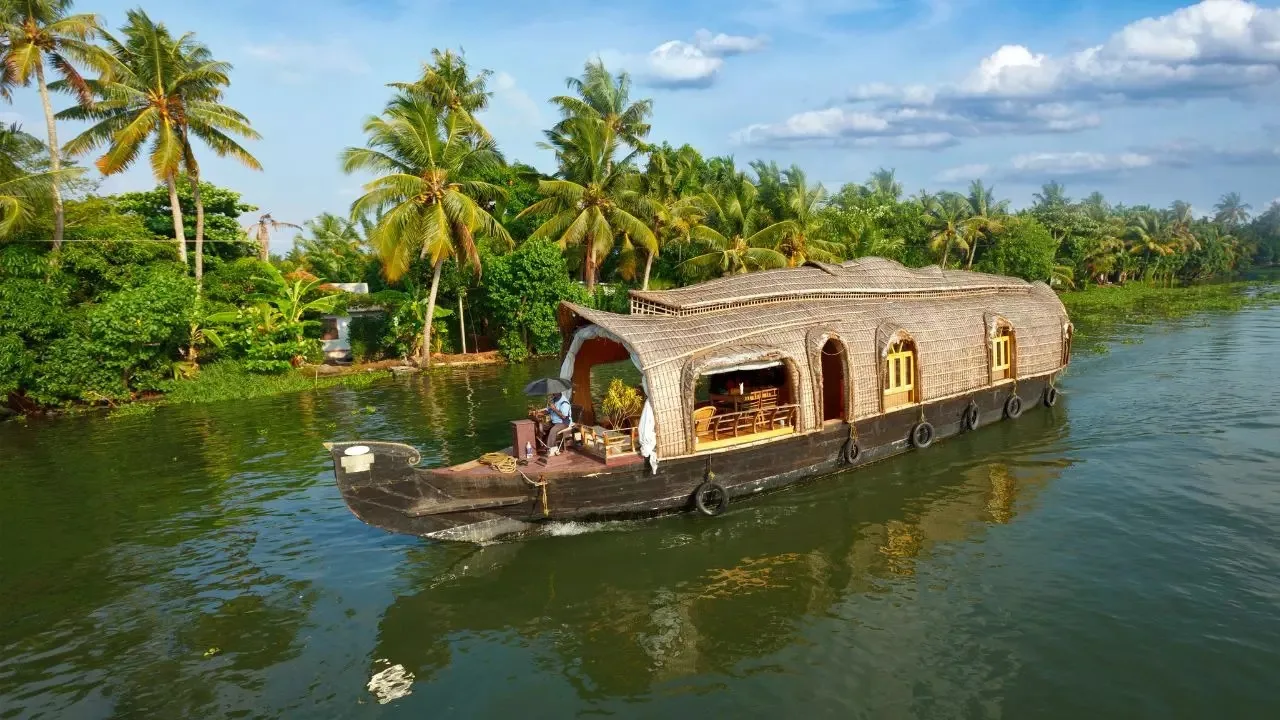
I have long thought that luxury travel could not be sustainable. Expensive resorts usually translated to increased concrete work, increased waste and increased degradation of the environment. Eco Friendly Tourism In Kerala, however, I was completely changed by my visit to a property by CGH Earth called Spice Village.
Spice Village is reconfiguring the eco-luxury:
- A single-use plastic-free property
- Runs 70% on solar energy
- Installs tribal elephant grass thatching rather than air-conditioning.
- Has a rain water capture system and its own paper recycle unit.
Above all, CGH Earth has the direct employment of 1,500+ locals and indirectly benefits an innumerable number of others. It demonstrates that when pursued in a responsible manner, luxury tourism can live side by side with sustainability.
Read more:- Top 10 Best Places to Visit in Wayanad, Kerala With Family 2025
Indigenous Wisdom for Conservation
The lesson that Kerala taught me in one of the most inspiring ways was in the Periyar Tiger Reserve at Thekkady. The Mannan tribe that lived in the forest lived in harmony with wildlife for centuries. However, with their transfer beyond the reserve, there were few ways to make livelihoods and the rates of poaching were high. The Kerala solution was brilliant, a community tourism project which saw the training of the Mannan people to become:
- Guides for forest treks
- Bamboo rafting crew
- Anti-poaching squad members
This not only earned them a focus on their livelihoods, but also their in-depth understanding of the forest, and improved conservation of wildlife and meaningful travel experiences.
Tourism as a Tool for Rural Development
Tourism has the potential to boost the morale of a whole rural community without crushing it as was demonstrated when I had visited Thrikkaipetta otherwise known as Bamboo Village. There are community based tourism models that have been developed by the organizations such as Kabani and URAVU wherein:
- Tourism does not substitute incomes in farming and craft based incomes.
- Tourists stay in homesteads, eat local foods and are taught how people make their living.
- Tourism income is invested in a village development fund that is run by the local community (75 percent).
This model makes sure that tourism remains untouched and raw coupled with the range of renewable energy projects and organic farming coupled with vocational training.
Plant-based Cuisine and Sustainability
Food is one of the responsible tourism aspects that we do not discuss enough. Animal agriculture is a major source of greenhouse gas emissions near 8% of the world output is contributed by tourism. Thekkady Kerala Indhrivanam Homestay is a good example to follow. It is made completely using local materials and it has:
- Rainwater harvesting
- Dry composting toilets
- An all-vegetarian menu with local food.
Cashewcheese, millet curries, kombucha and vegan lemon cake are a hymn to the biodiversity of Kerala, sustainable and ethical, and delicious.
Final Thoughts
Kerala was a lesson that responsible tourism is not only a concept; it is a lifestyle. It is all about respecting people and preserving the environment, building worthwhile relationships between the locals and the travellers.
These Kerala lessons can provide a guide to sustainable tourism to help usher in a world after the pandemic, where tourism becomes advantageous to all, such as artisans and farmers, wildlife and the planet itself. Travel consciously. Support local. Preserve culture. Protect nature. That is the future of tourism -and Kerala is already on the forefront.



